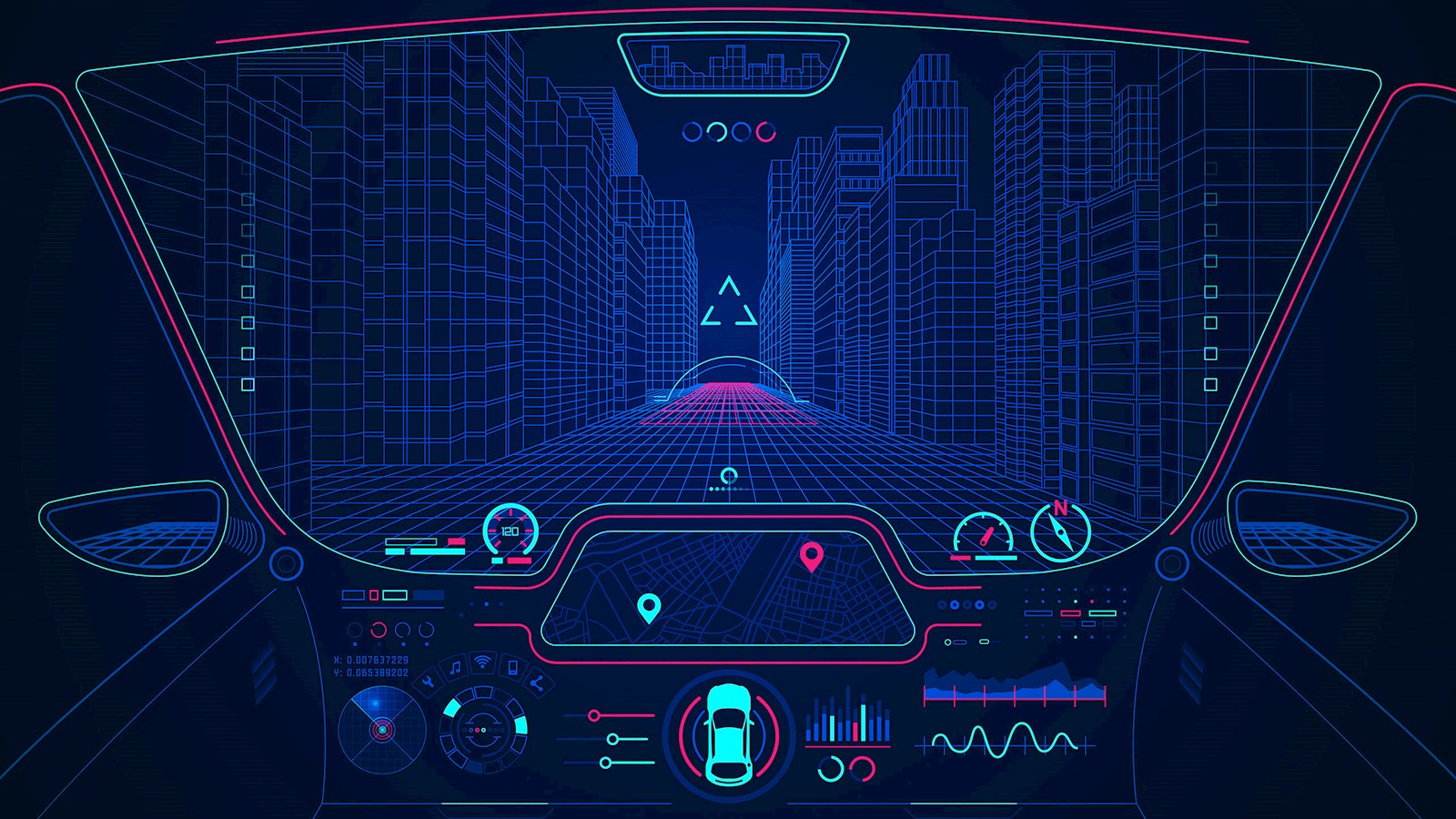
The future of mobility: media consumption
Self-driving vehicles as a new consumer space
China is poised to become the first (and largest) market for self-driving vehicles. As well as revolutionising personal mobility, autonomous vehicles – which, it is thought, will be adopted widely over the next decade – are set to usher in a new era of media consumption that is highly visual, immersive, intelligent and commerce-enabled.
Head-free and hands-free self-driving vehicles will be able to realise the full potential of 5G connectivity, big data, artificial intelligence and augmented and virtual reality. This will result in a shift from horsepower to brainpower, from engine specs to intelligent experiences, as the key consideration in car buying. This in turn will create huge opportunities for media. McKinsey estimates that $5.5 billion will be generated in new global digital media revenues per year for every additional minute that a person spends on the mobile internet while in a car.
How will media evolve?
AI assistants
The “pivot to passive” – the shift from screens to sensors – is already happening. Improved artificial intelligence algorithms, access to more data (including eye movements and health tracking) and greater connectivity to other smart devices in the Internet of Things will hasten this shift as algorithms are increasingly in control of decision-making. Understanding these algorithms and optimising for them early on will be crucial for media and marketers seeking to ensure their content, service or product is the number one “choice”.
Video
In a driverless vehicle, every interior surface has the potential to become a screen; and with 5G connectivity, technologies such as AR and VR, 3D and 4D viewing and shoppable video will transform media consumption in public and private transport. Content creators and providers will be required to customise content into new, more immersive formats, while using big data to tailor the topic, tone and duration for increasingly specific scenarios. For instance, content could be tailored for a 45-minute journey home from university in the rain on a Monday for an 18-year-old anime fan.
Audio
Listening-only formats such as radio, music streaming and podcasts will no longer be the media of choice for many drivers and passengers. To stay relevant, audio content platforms should create multisensory experiences by incorporating visual imagery such as music videos, using AR technology for karaoke and dynamically adjusting the lighting and background sound to create a better experience.
Gaming
Online gaming, already a favourite on-the-go activity in China, will be transformed by greater connectivity and immersive visual technologies such as AR and VR. Game creators will be able to use the passenger’s route and the surrounding landscape to blend fantasy and reality in the gaming experience.
Productivity
The journey to and from work or school could become an extension of the office or classroom, ideally making time spent on-site shorter. As well as developing technology for in-vehicle video conferencing and cloud-based collaboration, media and mobility companies could collaborate to create mobile co-working spaces.
Commerce
Media companies could make shopping quicker by creating a closed-loop from awareness to purchase by partnering with O2O (online-to-offline) retailers. In-car purchases would be prompted and placed via an AI assistant, shoppable video, social media and OOH (out-of-home) displays. Goods could be delivered directly to the moving vehicle by an autonomous drone or pod or they could be collected quickly from a fulfilment hub – a multitude of which will likely emerge across cities – by automatically rerouting the vehicle.
Advertising
More data, more touchpoints and more formats will enable an unprecedented level of micro-targeted marketing communications.
OOH will transform from static mass media into a programmatic channel for targeted recommendations and offers. Vehicle sensors, eye tracking, facial recognition and AR technologies could work together to deliver personalised messages as consumers look out of the window.
In-vehicle display represents an exciting opportunity for highly targeted and contextually relevant reach media, whether that’s via individually operated DSPs (demand-side platforms) by each experience OS owner or via an aggregated ad-serving platform.
Content. Flexible cabin configurations used alongside AR, VR and improved audio technologies will expand the possibilities for brand storytelling as well as ensuring the optimal consumption experience. For instance, drinking the Chinese spirit baijiu – no longer taboo while in a vehicle – could trigger regional folk music and landscape scenery as well as a comfortably reclined seat and appropriate temperature control inside the vehicle.
Location-based recommendations. A vehicle, wearable device or phone mobility app could inform the passenger of a sale at a nearby favourite store, suggest purchasing tickets to an upcoming play as the vehicle drives past the theatre or pull up the menu and reviews for a new restaurant in the neighbourhood before offering the option to make a reservation.
There is undoubtedly huge potential in this new “experience ecosystem” and media companies and marketers should take an active role in developing this area to make the most of the opportunity.
For more in-depth insight, download MediaCom’s Future of Mobility report
published on
16 June 2020
Category
More in Technology & data

How to build your brand in-game
A new research report from WPP and SuperAwesome

WPP puts itself at the heart of collaborative 3D worlds
Pixar's 3D animation file format – USD – is the invisible building block of our digital 3D future.

A clarion call for AI, accessibility & advertising
Innovating at the intersection of AI, accessibility, and advertising

